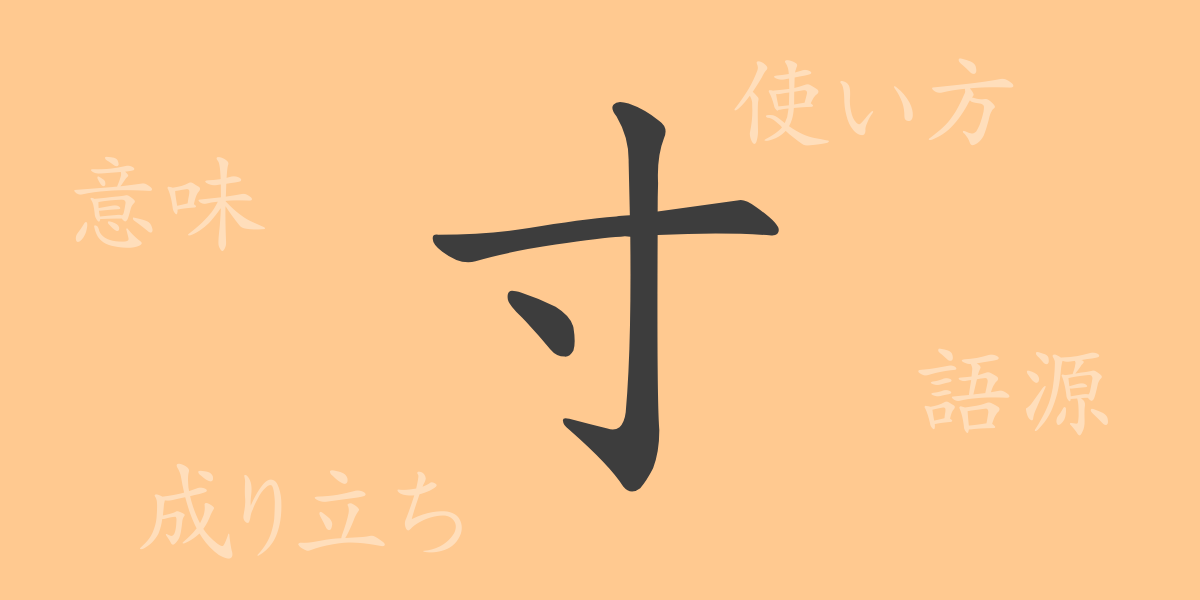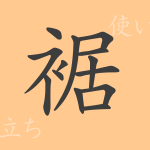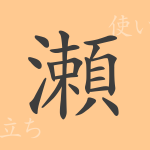The Japanese language features a multitude of kanji, each carrying its own unique history and meaning deeply embedded in daily life. This article highlights the kanji ‘寸’ (スン), which spans a wide range of uses from a unit of measurement to expressions depicting interpersonal relationships. We will delve into the origins, contemporary usage, and various phrases involving ‘寸’ to uncover its charm.
Origins of 寸
The kanji ‘寸’ originated from an ancient Chinese unit of measurement. Initially representing the distance between the first and second joints of a thumb, it was depicted through pictographs showing parts of the hand. Over time, this measurement became standardized, and ‘寸’ evolved into a general unit for measuring length.
Meaning and Usage of 寸
Originally a unit of length, ‘寸’ has since been adopted in various contexts in modern times. For example, it is used in phrases like ‘寸分の見当もつかない’ (not having the slightest clue), describing a lack of understanding or ‘寸前’ (just before), indicating an imminent occurrence. It is also used in ‘寸止め’ (stopping just short), which describes maintaining a delicate distance in human relationships.
Readings, Stroke Count, and Radical of 寸
The kanji ‘寸’ is straightforward in structure, making it easy to learn for beginners:
- Readings: On’yomi ‘スン’, Kun’yomi ‘すん’.
- Stroke Count: ‘寸’ consists of 3 strokes.
- Radical: The radical for ‘寸’ is itself, known as ‘寸部’.
Phrases and Idioms Using 寸
Many idioms and proverbs include ‘寸’, each reflecting the richness of expression in the Japanese language:
- 寸劇 (すんげき): A short play or skit, commonly used in theatrical contexts.
- 寸感 (すんかん): Brief impressions or thoughts.
- 寸評 (すんぴょう): A concise review or critique.
- 寸暇を惜しむ(すんかをおしむ): A proverb meaning to cherish every moment, emphasizing the importance of even brief intervals of time.
Conclusion on 寸
The meanings imbued within a single kanji can vary greatly depending on its usage. ‘寸’ started as an ancient measurement unit and has evolved to express nuances of human psychology, actions, and even abstract concepts like time and distance. Even a seemingly simple character like ‘寸’ is backed by a rich history and culture, underscoring the depth and complexity of the Japanese language.

























